BioChemistry > QUESTIONS & ANSWERS > Biochemistry Test 1 Questions and Answers Graded A+ (All)
Biochemistry Test 1 Questions and Answers Graded A+
Document Content and Description Below
Biochemistry Test 1 Questions and Answers Graded A+ biochemistry ✔✔a discipline in biochemistry; is the description of molecules in biology/chemistry of proteins molecular biology ✔✔a disc... ipline in biochemistry; the manipulation of DNA, genetics cell biology ✔✔a discipline in biochemistry; larger scale, functions and mechanisms within a cell/cell energetics cellulose ✔✔a natural polymer; found in plants for storage glycogen ✔✔a natural polymer; found in animals for storage protein ✔✔a natural polymer; tightly linked bonds nucleotide ✔✔a natural polymer; covalent bonds C,H,N,O,S ✔✔chemical elements commonly found in biochemistry carbon ✔✔an element commonly found in biochemistry, creates strong single or double bonds with very little rotation covalent ✔✔a chemical bond in biology; a pair of shared electrons, very strong, bonds between polymers, >1 bond per atom, flexible and alternate re-arrangement non-covalent ✔✔a chemical bond in biology; weaker bonds, but additive, creates specificity, highly dynamic/transient bonds, required for molecular recognition electrostatic, hydrogen, van der waals, hydrophobic ✔✔4 types of non-covalent interactions electrostatic ✔✔a non-covalent interaction; such as ionic bonds Na⁺ + Cl⁻ -> NaCl hydrogen ✔✔a non-covalent interaction; a H is shared between two electronegative atoms such as F,O, or N; the more electronegative atom pulls the electron closer, creating a dipole donor acceptor ✔✔the H bond _____ becomes more tightly linked, the H bond_____becomes less tightly linked (two answers separated by a space please) Van Der Waals ✔✔a non-covalent interaction; the interaction between molecules with temporary dipoles from fluctuating electrons, are weak but additive hydrophobic interaction ✔✔a non-covalent interaction; the clustering of these molecules in polar substances i.e. water interacts with itself and causes other non-polar residues to cluster biological solvent ✔✔roles of water; many organic and biological materials are able to dissolve in water part of reaction ✔✔roles of water; water is a common substance in biochemical reactions such as the cleavage of bonds regulation ✔✔roles of water; water is essential in regulating temperature and pH (the ideal temperature of water with the highest heat capacity is 37°C) water ✔✔a substance found in nearly all biological reactions and organisms; has a bond angle between H's of 104.5°, has a dipole, H-bonds with itself, cohesive and dissolves polar or charged compounds hydrophilic ✔✔water as a solvent; types of bonding in water "loving" compounds are dipoledipole, H-bonding, and dipole-ion hydrophobic aliphatic ✔✔water as a solvent; types of bonds formed with water "fearing" compounds are called______. Non-polar/apolar compounds that usually fall in this category are long chained molecules composed of C and H called______molecules (two answers separated by a space please) amphiphilic ✔✔water as a solvent; water "loving and [Show More]
Last updated: 1 year ago
Preview 1 out of 28 pages
.png)
Reviews( 0 )
Document information
Connected school, study & course
About the document
Uploaded On
Feb 20, 2023
Number of pages
28
Written in
Additional information
This document has been written for:
Uploaded
Feb 20, 2023
Downloads
0
Views
58

.png)
.png)
.png)
.png)
.png)
.png)
.png)
.png)
.png)
.png)
.png)

.png)
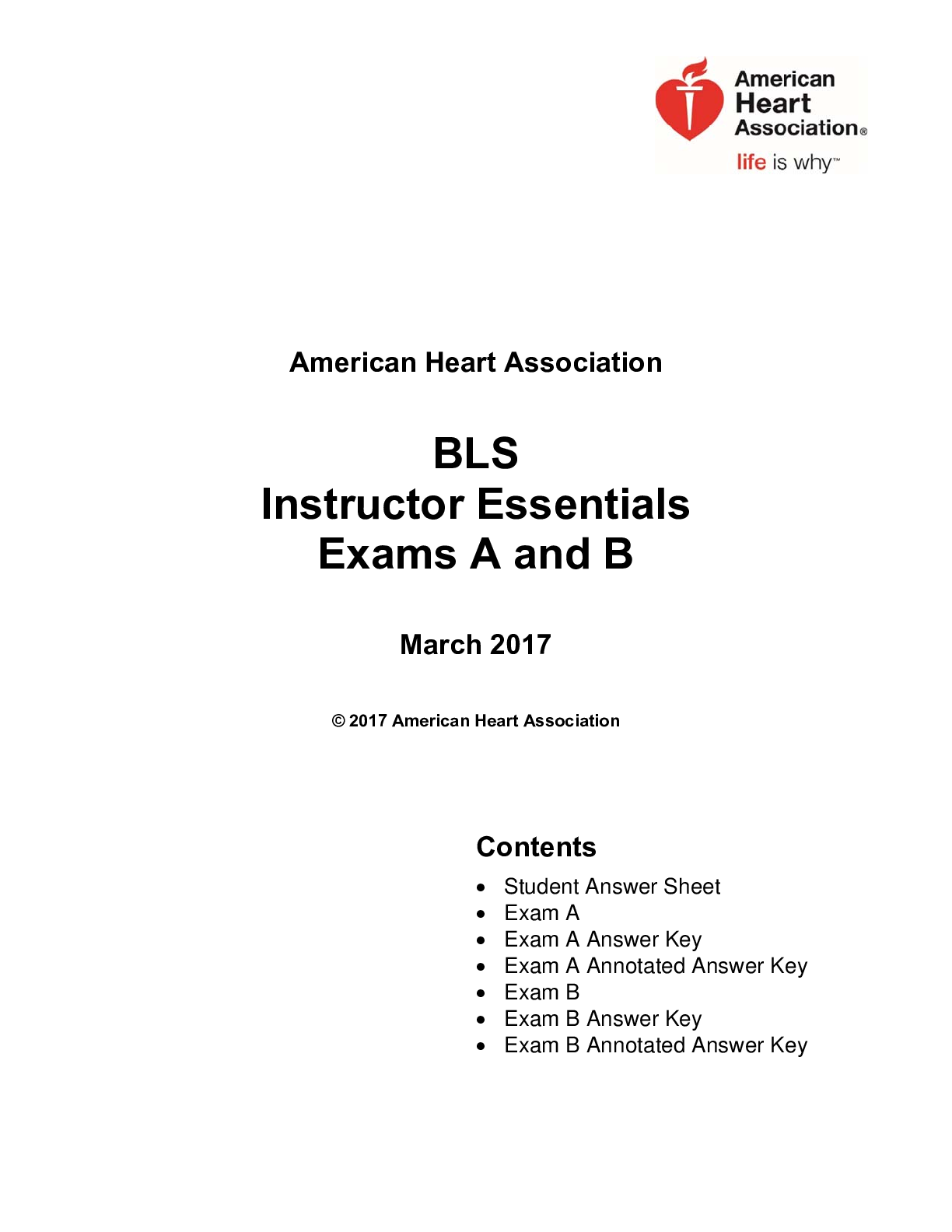
.png)
.png)
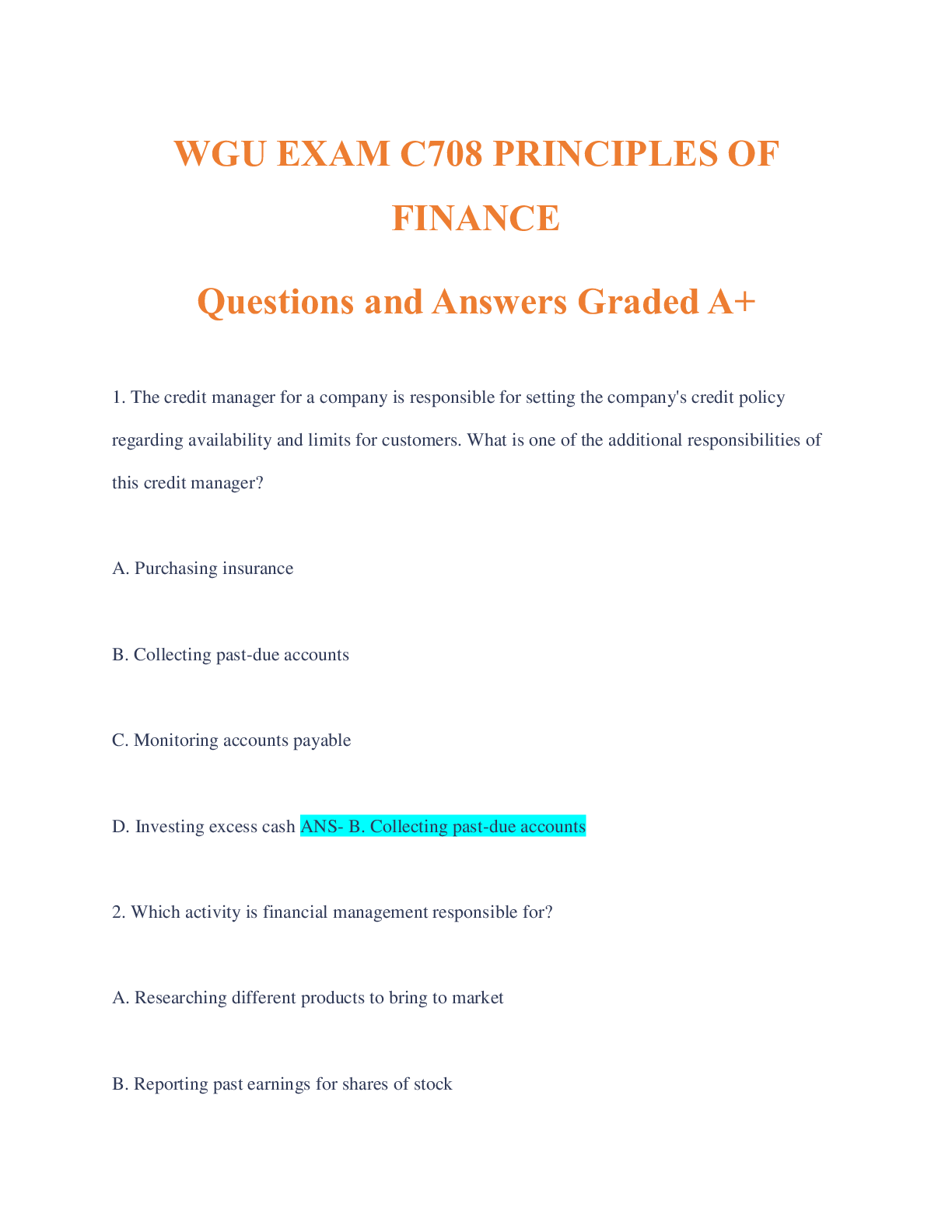

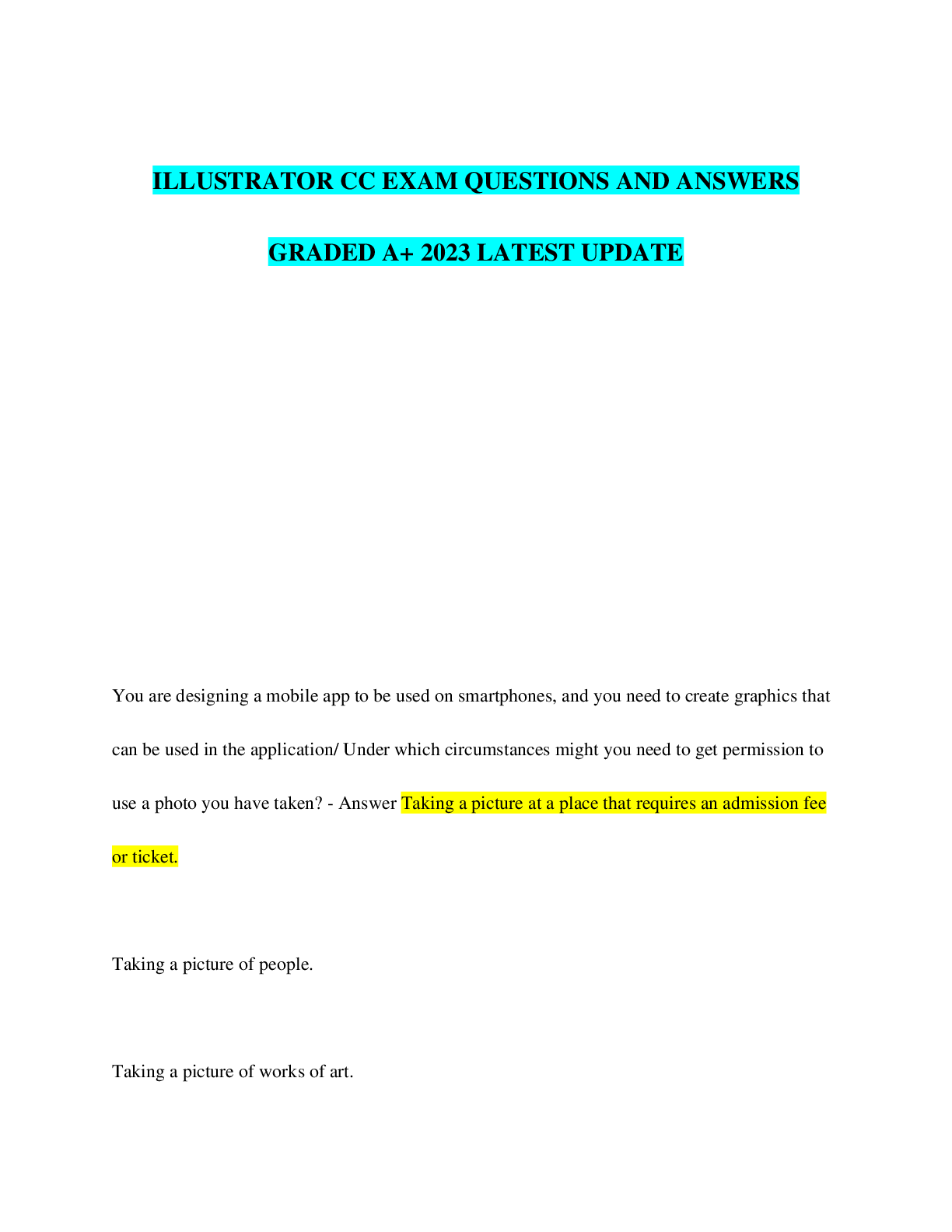
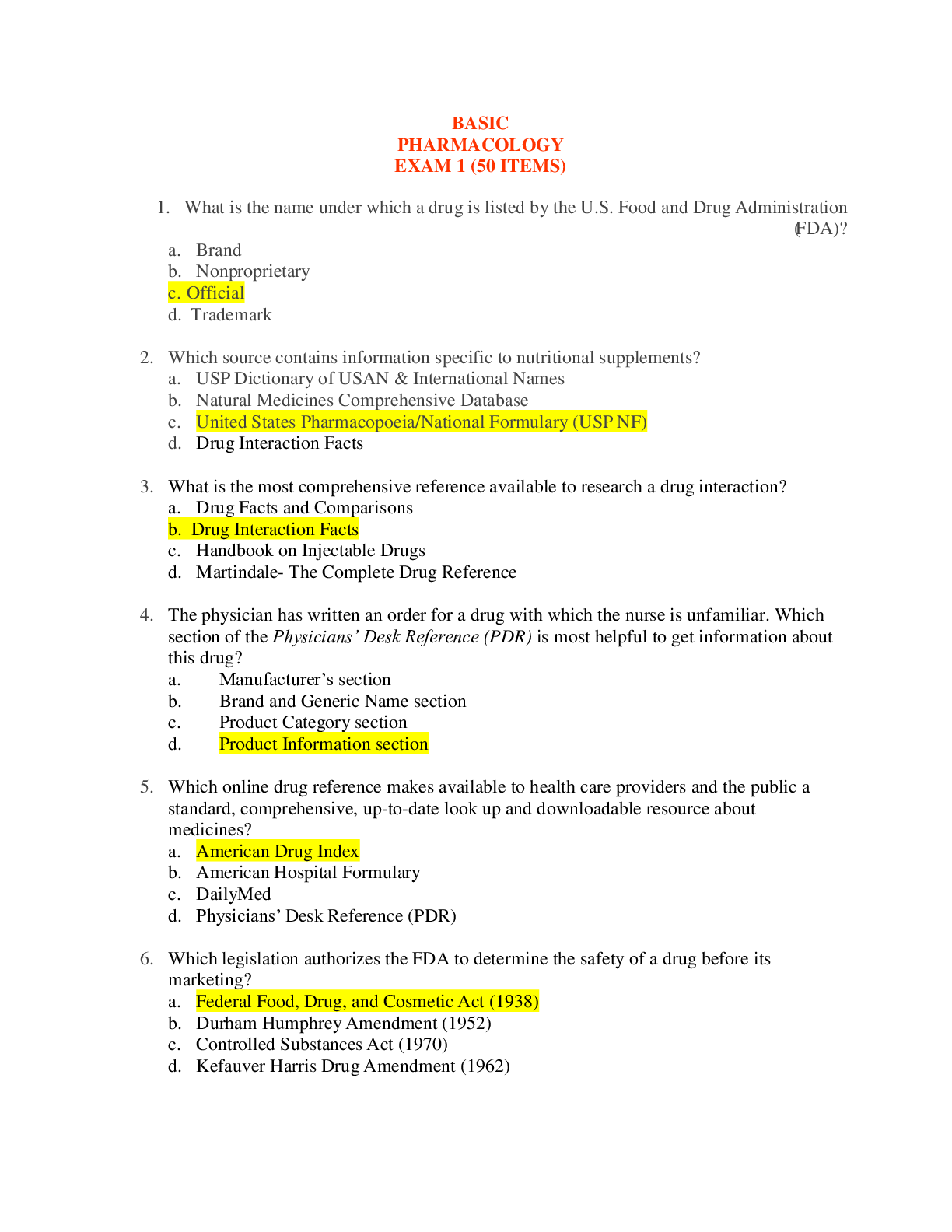
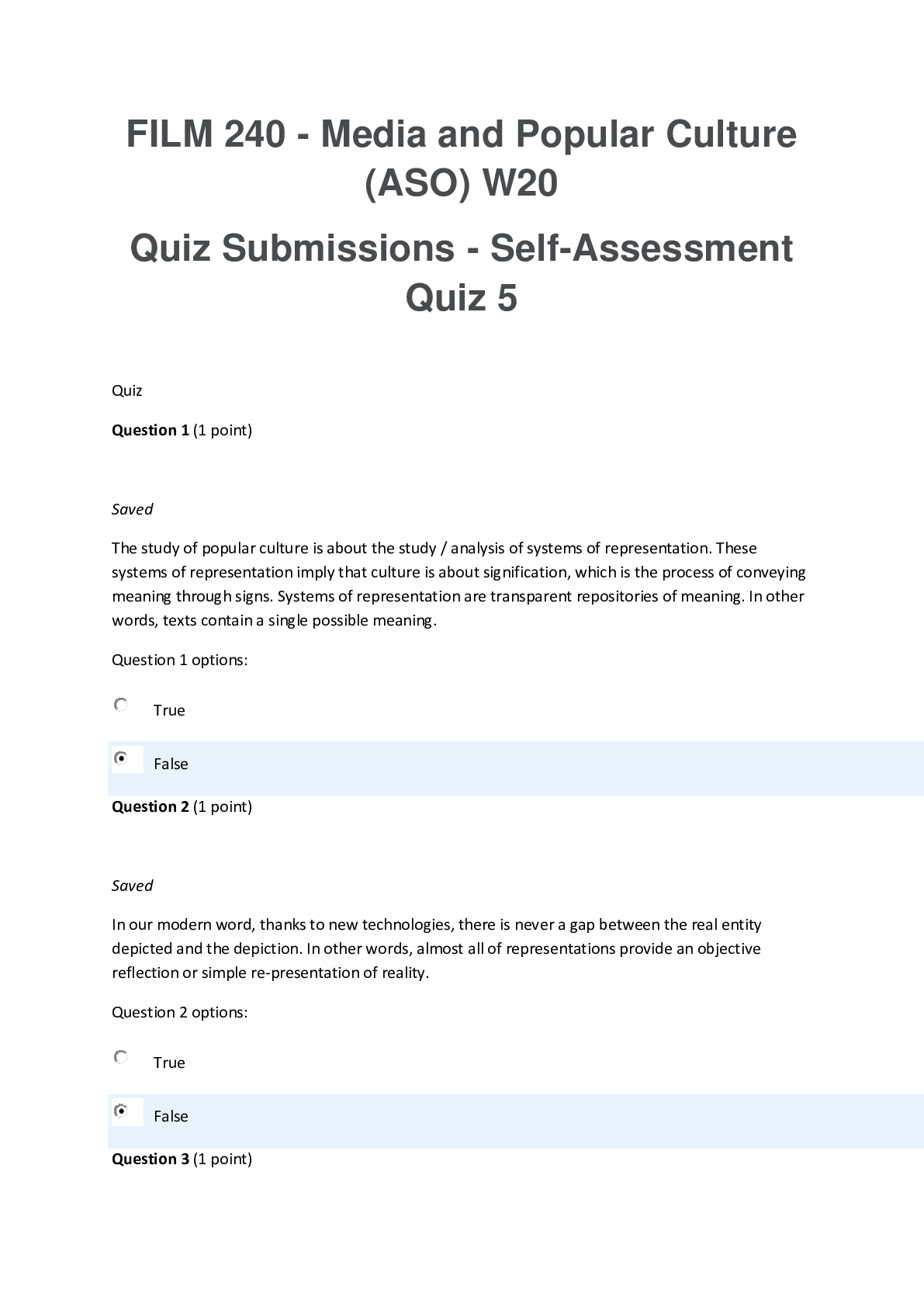
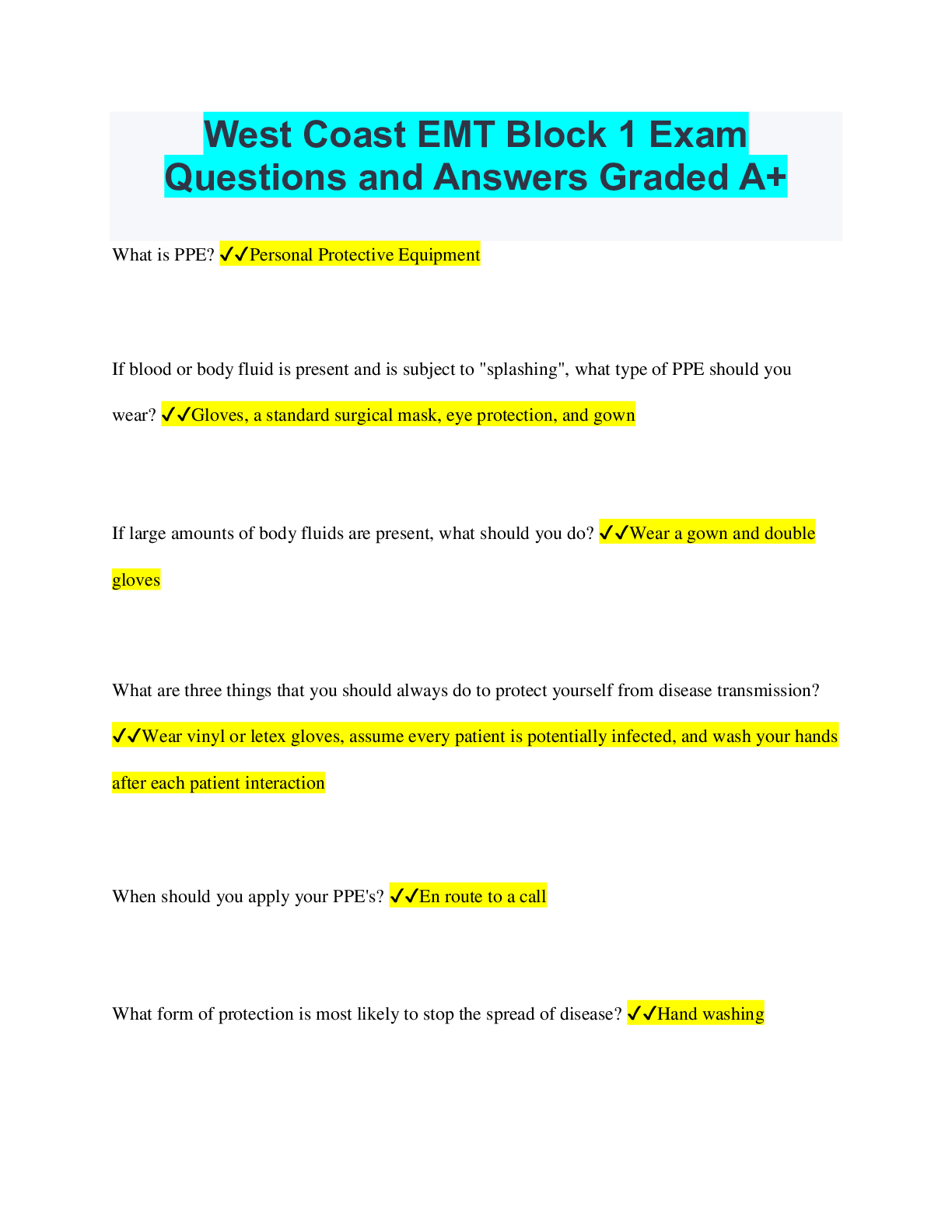
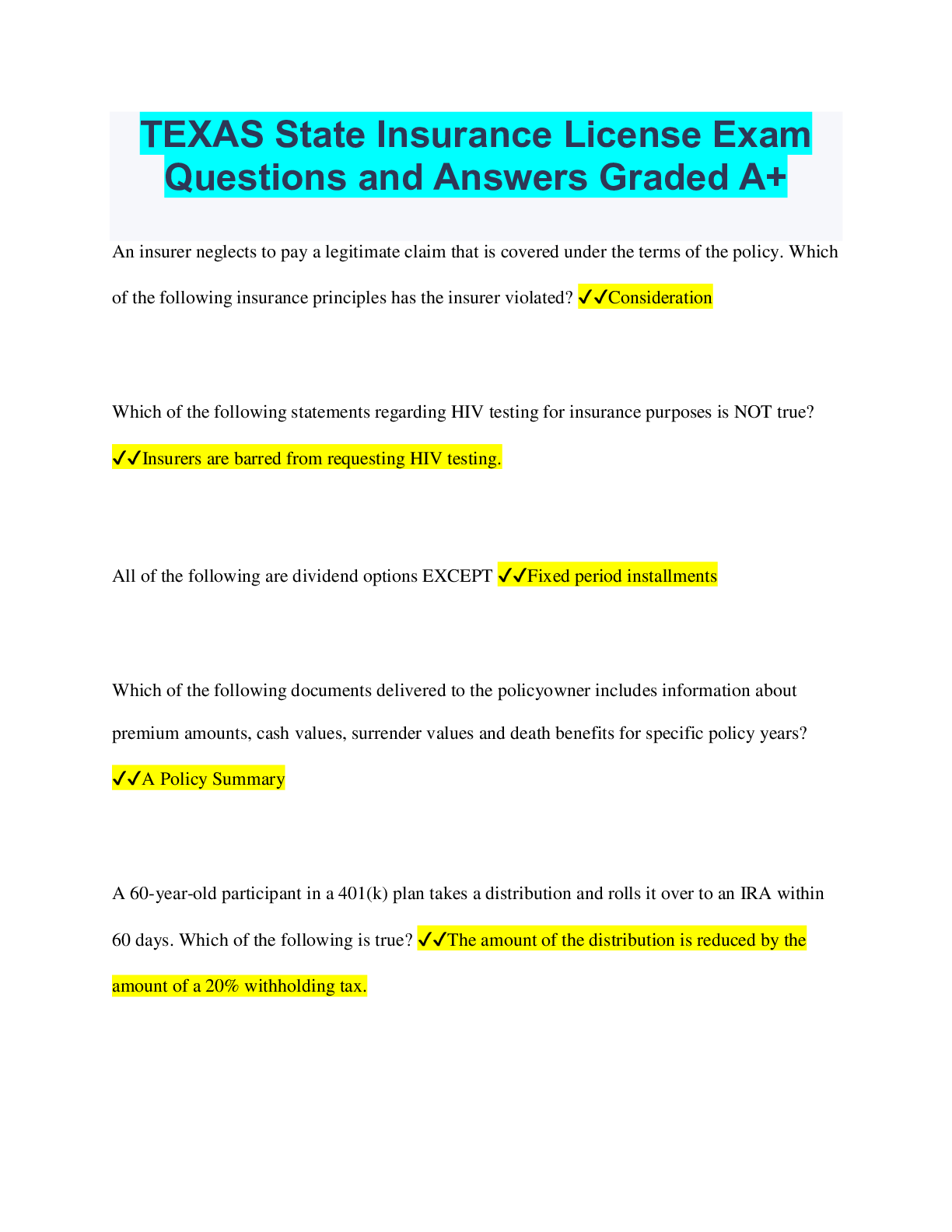
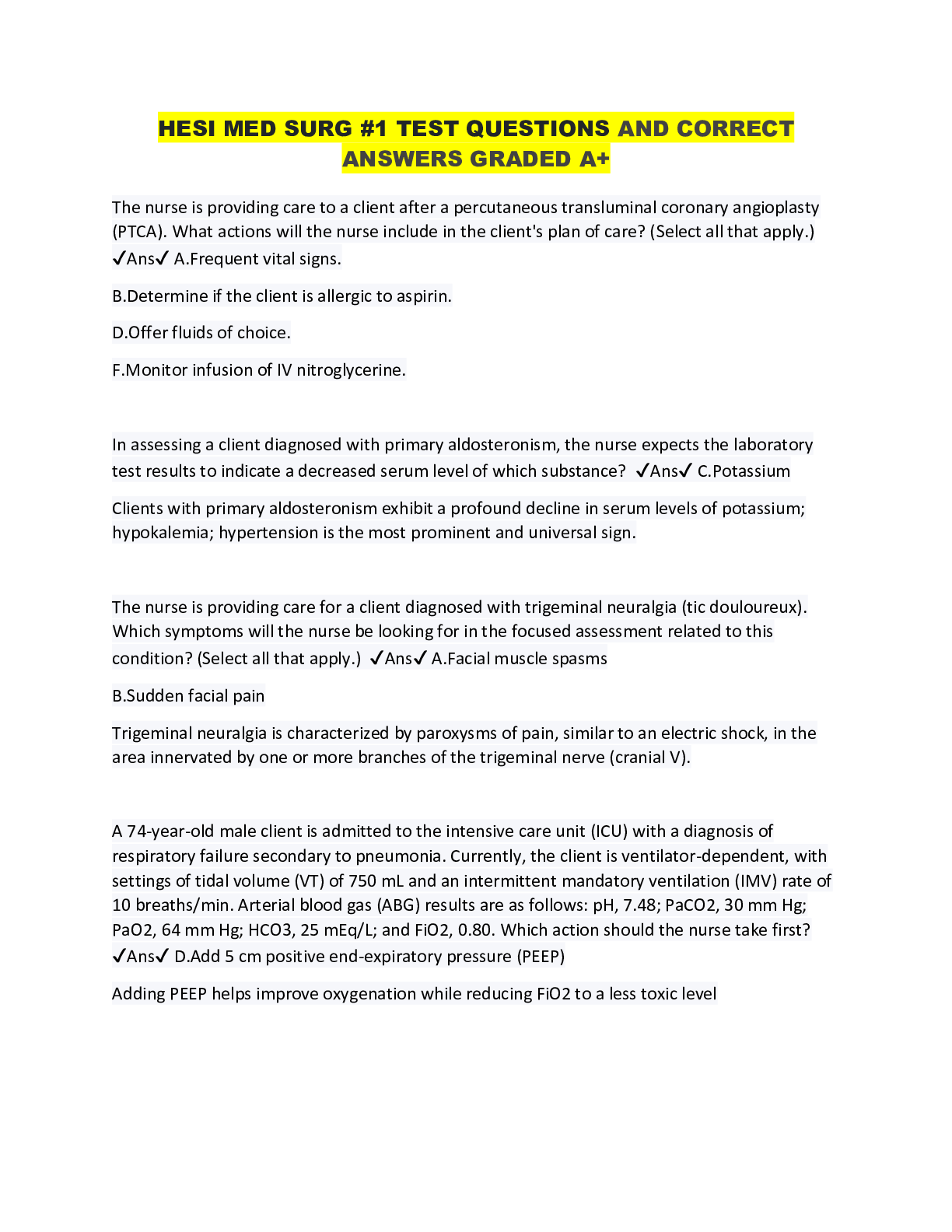
 Exam Preparation With Correct Answers Graded A+-1.png)

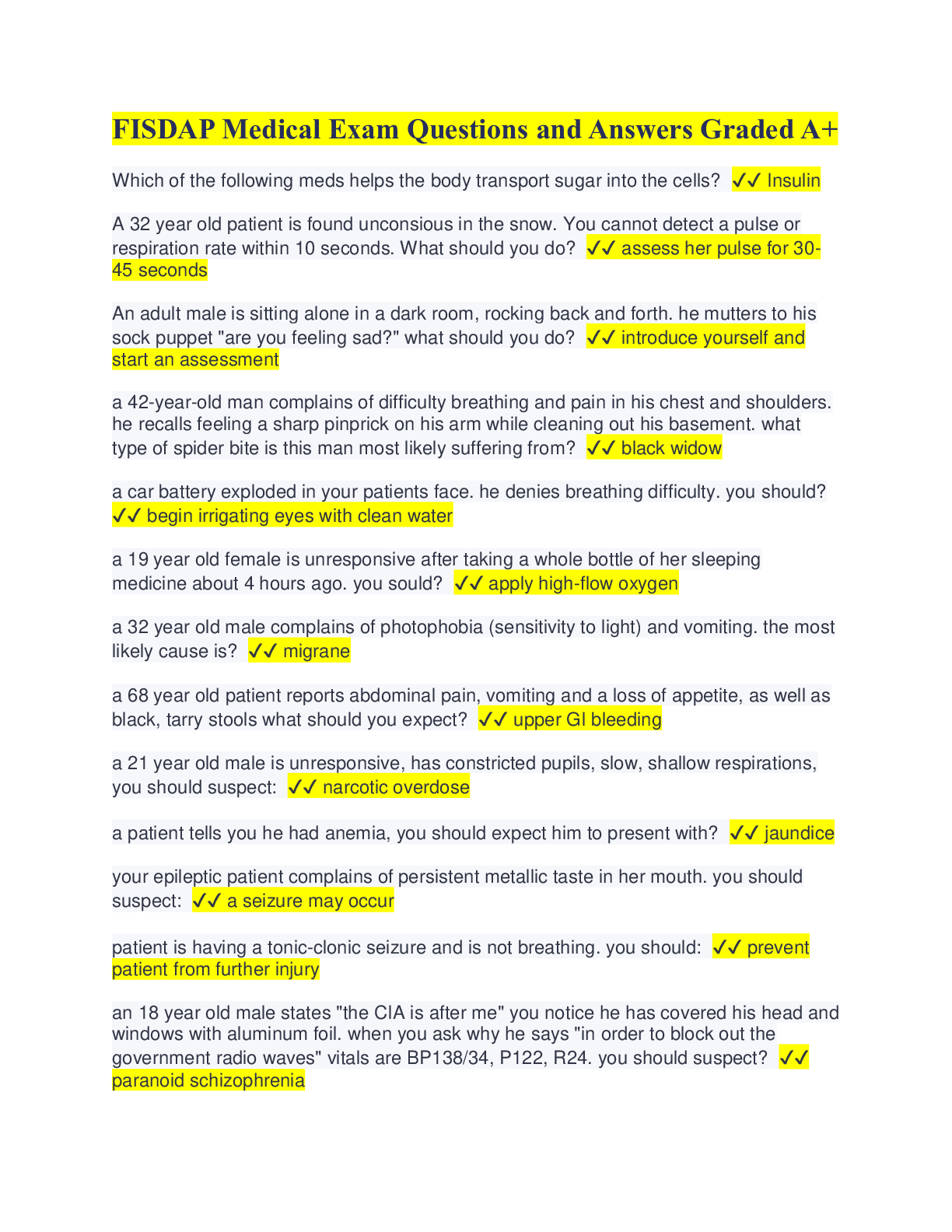
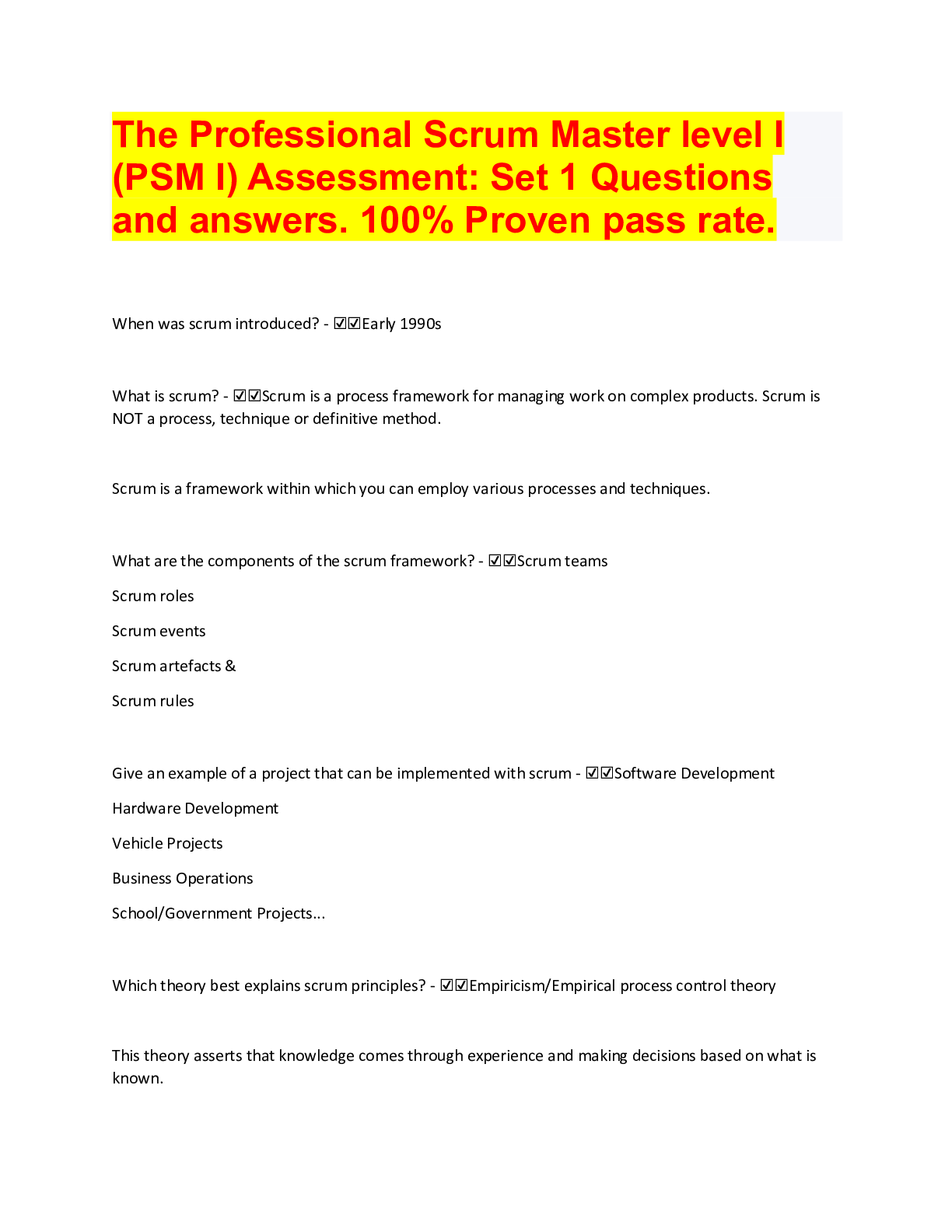

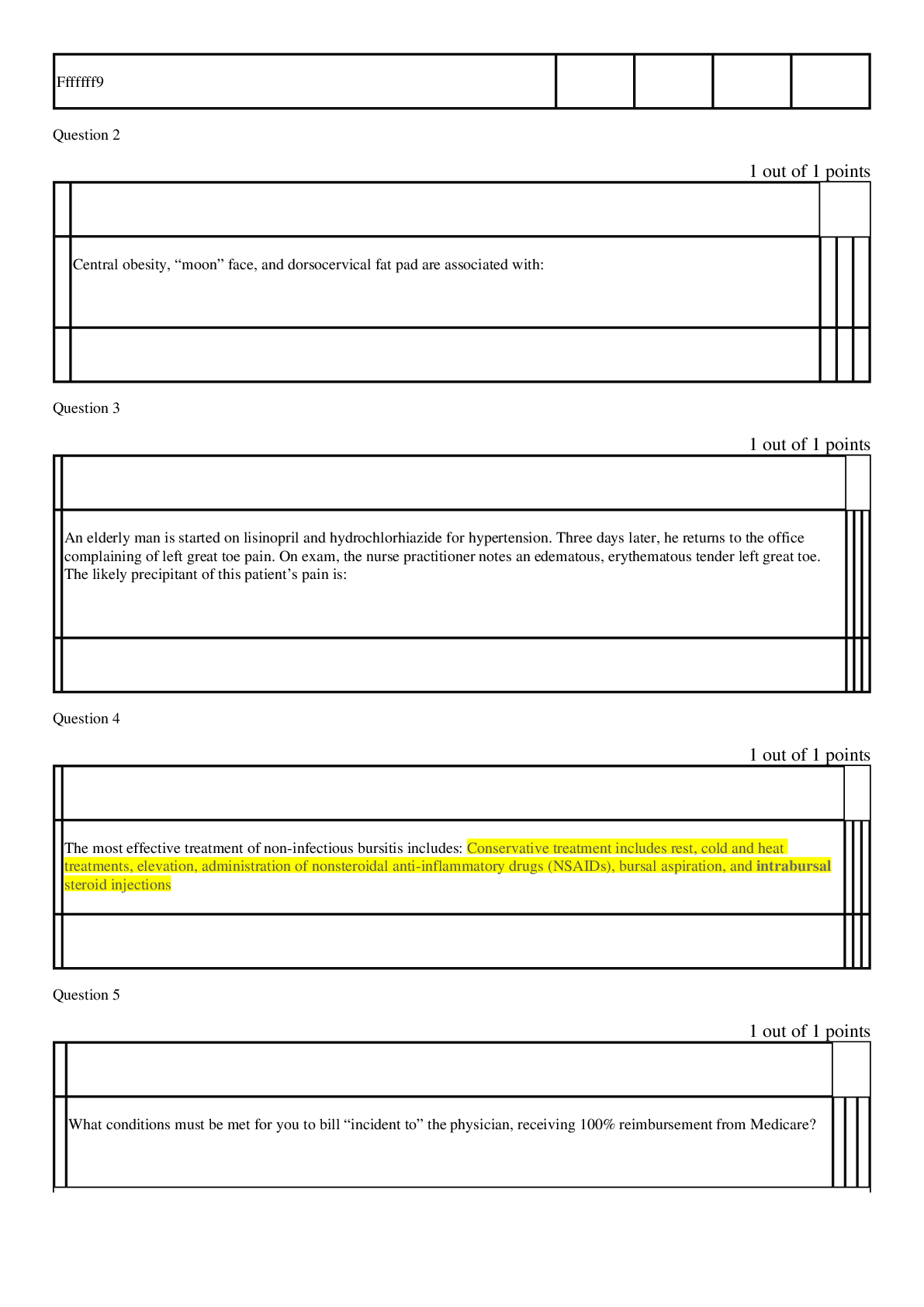

.png)
.png)
.png)

